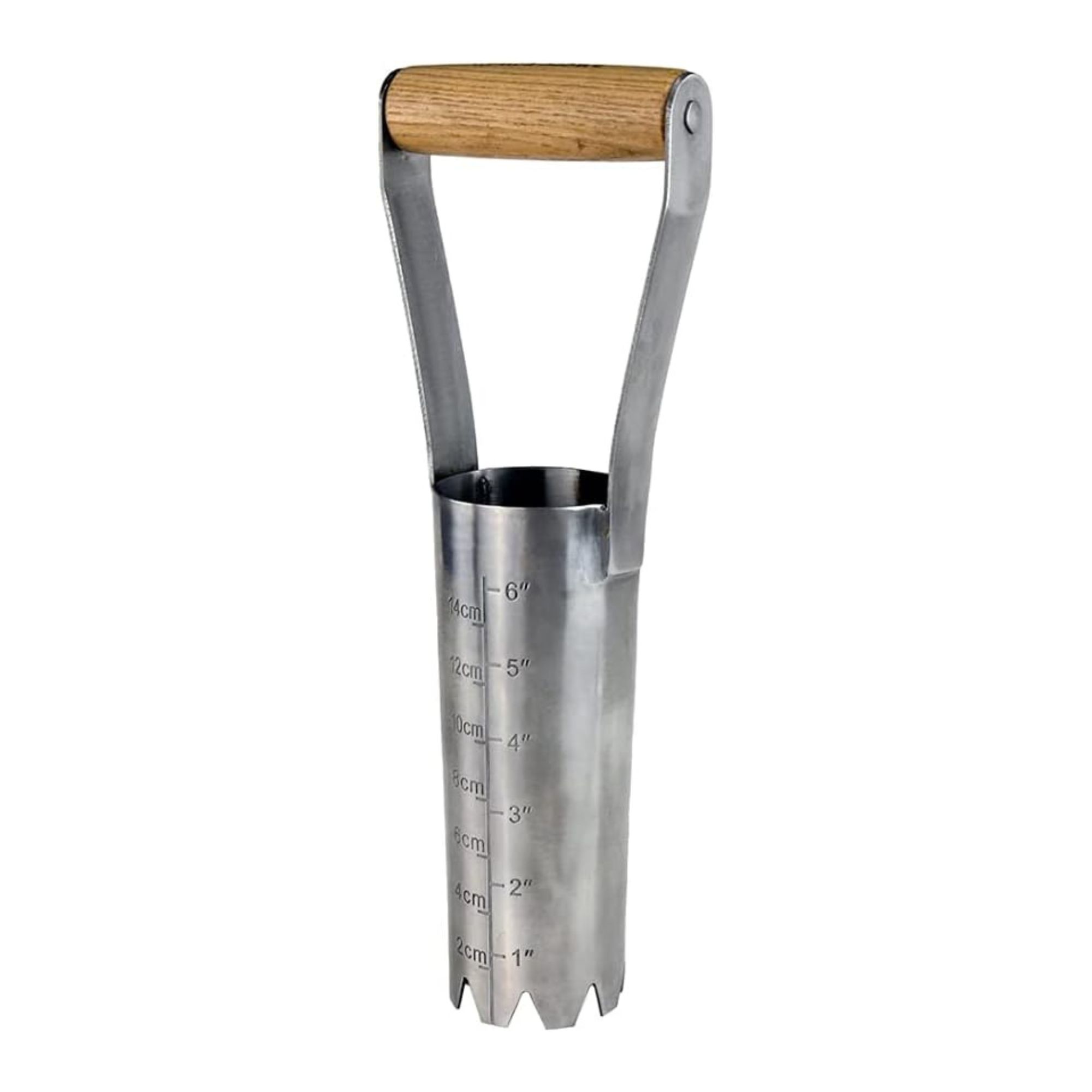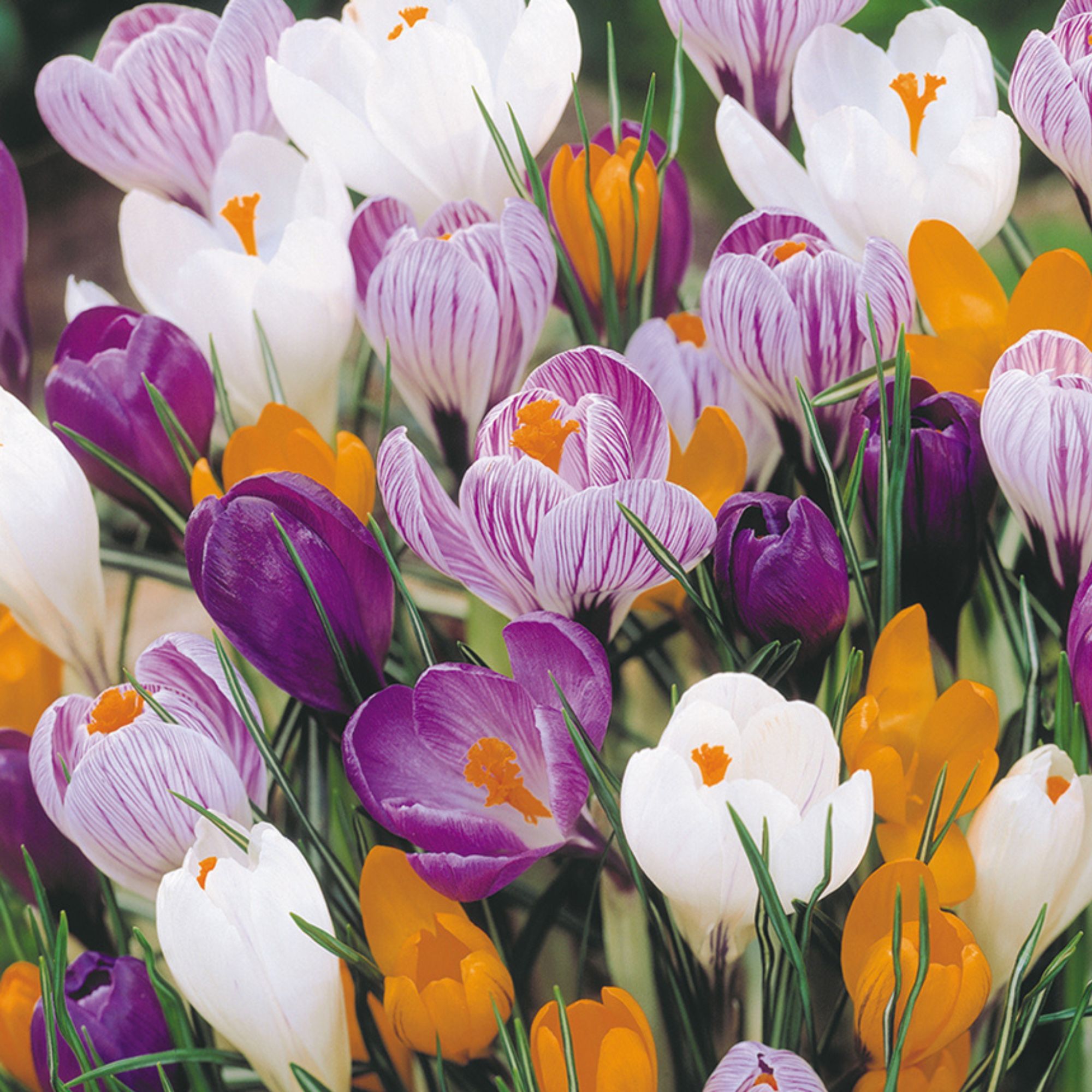How deep to plant crocus bulbs - experts reveal the exact depth required to prevent bulb rot and encourage growth
You definitely don’t want to plant too deep…
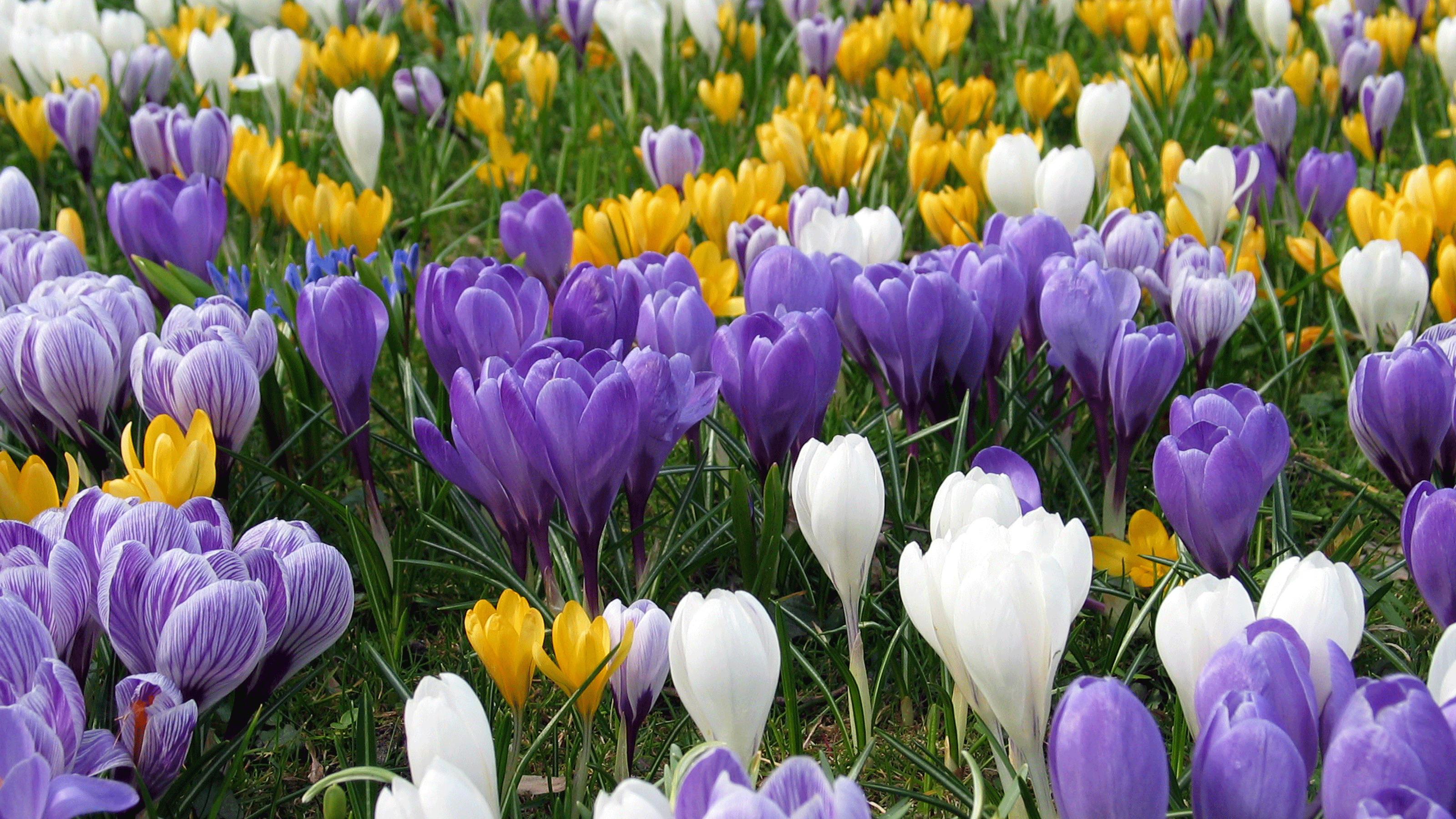

Flowering from late winter to early spring, crocuses can brighten up the gloomiest months with their carpet of colour and stunning blooms. And while you might know when to plant crocus bulbs (anytime between August and December), most people don’t know how deep to plant crocus bulbs - and this can cause serious problems.
Most people know how to plant bulbs, but a common mistake is planting bulbs too deep - or not planting them deep enough. And while some bulbs can survive and often thrive at the wrong depth, one of the critical steps in planting crocus bulbs is planting at the perfect depth. If not, they can succumb to bulb rot or predators.
So, if you have big dreams of filling your garden with an array of colourful crocuses next year, it’s important to follow the rules around how deep to plant crocus bulbs. This way, you can breathe easy, knowing you’ve done everything you can to give them the best start.
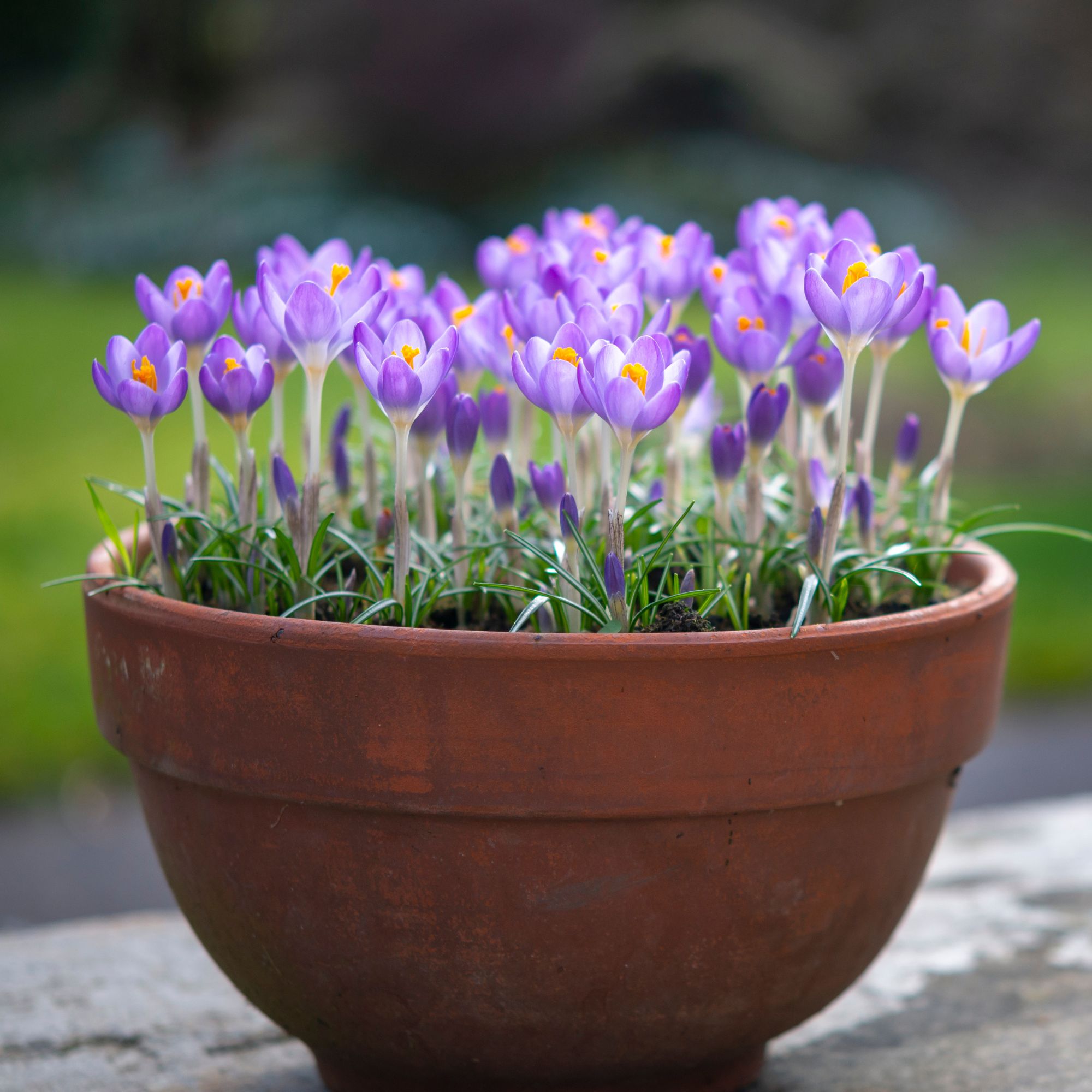
How deep should you plant crocus bulbs?
One of the (many things) we love about crocuses is that they’re fairly flexible. You can grow them anywhere, from your garden borders to your container garden. In fact, they’re some of the easiest spring bulbs to grow in pots - as long as you plant them at the right depth.
So, what is that depth? Well, as Tony Williams, Estates Manager at Mount Ephraim Gardens, explains, ‘Depth tolerance does vary depending on bulb type. Large bulbs such as daffodils, tulips, and hyacinths generally do best when planted about 6-8 inches deep, while smaller bulbs like crocuses or grape hyacinths prefer a shallower depth of around 2-4 inches.’
If you prefer to work in centimetres, that equates to 5-10cm deep - and you should aim to keep within these parameters if you want to ensure that your garden is full of crocuses next year. After all, plant them outside of that, and you’ll notice the difference.

Tony is a keen and experienced gardener who has worked in horticulture across a variety of sites, including Canterbury Cathedral. He is extremely interested in sustainable gardening and strives to avoid polluting chemicals in fertiliser and pest control. He is dedicated to preserving natural resources and reducing water waste wherever possible.
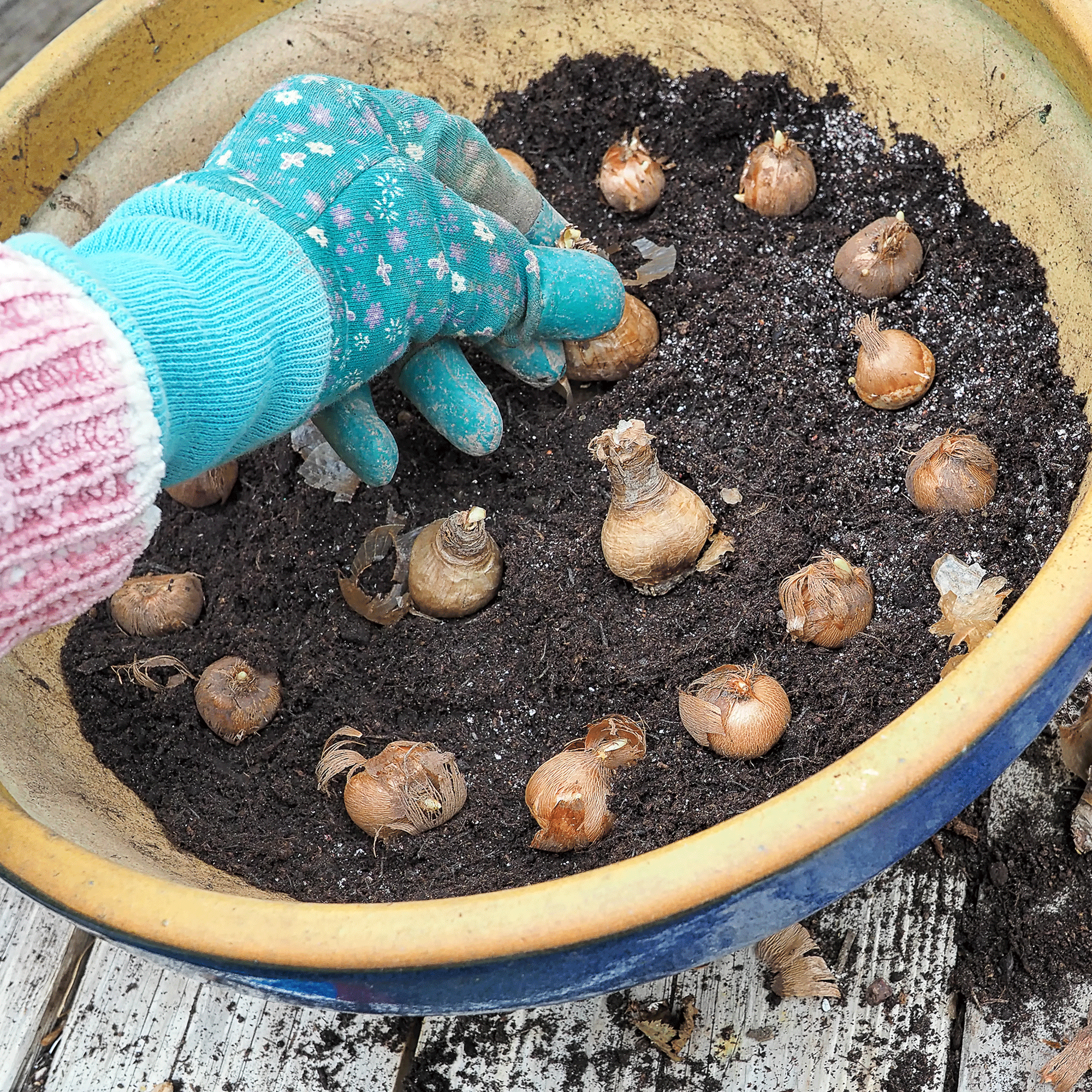

Morris Hankinson is the founder and managing director of Hopes Grove Nurseries, the UK’s only specialist grower-retailer of hedging plants. He established the thriving business in 1992, shortly after graduating with a Commercial Horticulture Degree from Writtle College, Essex.
Morris Hankinson, Managing Director of Hopes Grove Nurseries, explains, ‘While crocus bulbs tend to be versatile and thrive in a number of different conditions, they will really struggle to break through the soil if you plant them any deeper than this. Also, if you plant them too shallow, they could risk being dug up by wildlife and eaten before they've had a chance to grow!’
If planted too deep, you may find that they take longer to bloom - or don’t bloom at all. And if you plant them too shallow, you’ll be Googling ‘how to stop squirrels digging up your bulbs’ within no time.
Sign up to our newsletter for style inspiration, real homes, project and garden advice and shopping know-how
But planting crocus bulbs isn’t just about the planting depth, as the space between them can also make a big difference.
Morris says, ‘If you plant your bulbs too closely together, they may compete for nutrients, which could lead to a lack of flowers being produced. It's easy to remember as the ideal width is very similar to the ideal depth; anywhere between around 5-10cm should be great, although it can be slightly more.’
But if you stick to the guidelines, your crocuses will be waiting to greet you come spring.
FAQs
Can you leave crocus bulbs in the ground all year?
Yes, you can leave crocus bulbs in the ground all year. Crocuses are extremely versatile perennials, and they’ll happily survive in the ground during their dormant months. However, many people choose to dig them up after flowering for division or to make space for other plants in their garden.
So, you can choose what you want to do with your crocuses after flowering. And while you can leave them in the ground if you want a fuss-free life, most experts would advise lifting crocus bulbs and storing them for safekeeping.
How many crocuses should you plant together?
Ideally, you should plant between three and 10 crocus bulbs together for the most effective array of blooms. This will provide a visually appealing addition to your garden and create volume where you need it.
However, it’s important to space them properly if you’re going to plant a lot of crocuses together. So, make sure you plant them around 3in (or about 8cm) to ensure they won’t be competing against each other for sunlight, water, or nutrients.
With this in mind, it’s best to inspect the growing space and decide how many crocuses you can safely and efficiently plant together.

Lauren Bradbury has been the Content Editor for the House Manual section since January 2025 but worked with the team as a freelancer for a year and a half before that. She graduated with a Bachelor’s degree in English and Creative Writing from the University of Chichester in 2016. Then, she dipped her toe into the world of content writing, primarily focusing on home content. After years of agency work, she decided to take the plunge and become a full-time freelancer for online publications, including Real Homes and Ideal Home, before taking on this permanent role. Now, she spends her days searching for the best decluttering and cleaning hacks and creating handy how-to guides for homeowners and renters alike, as well as testing vacuums as part of her role as the Ideal Home Certified Expert in Training on Vacuums, having spent over 110 hours testing different vacuum models to date!
